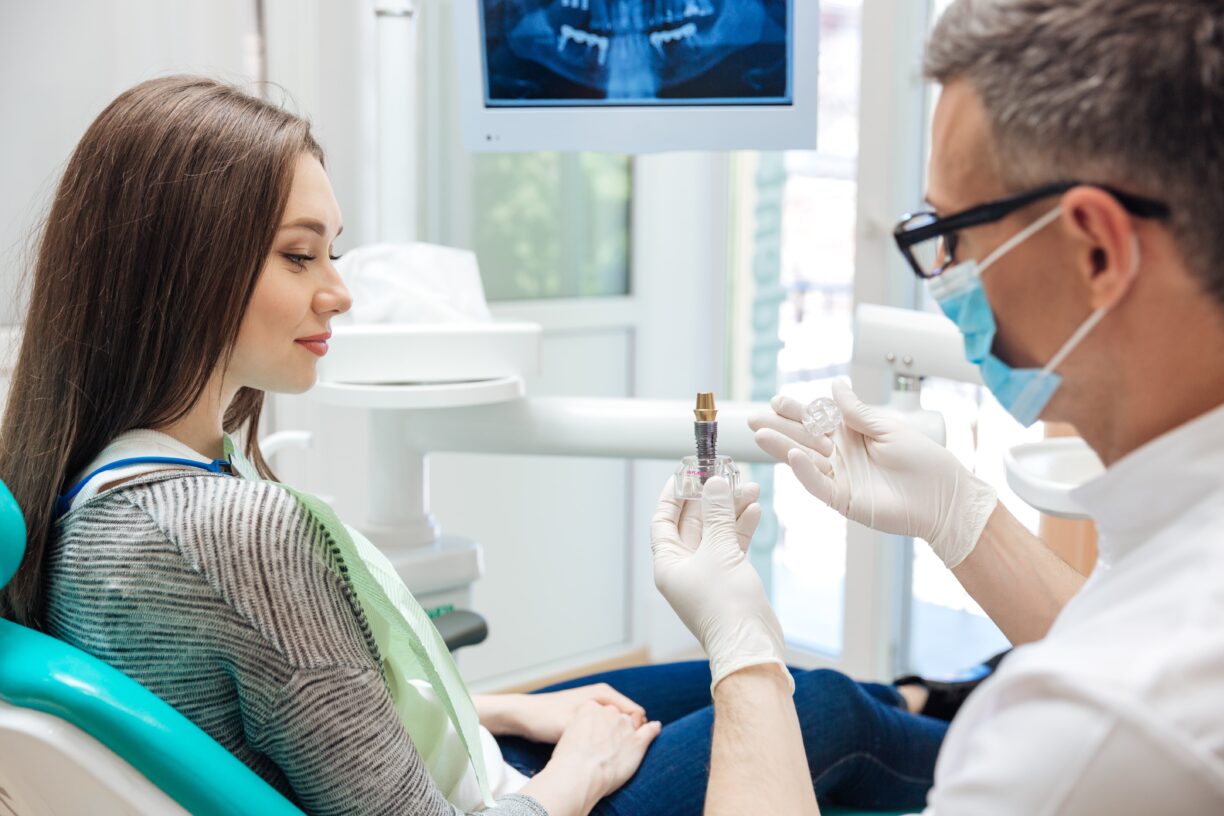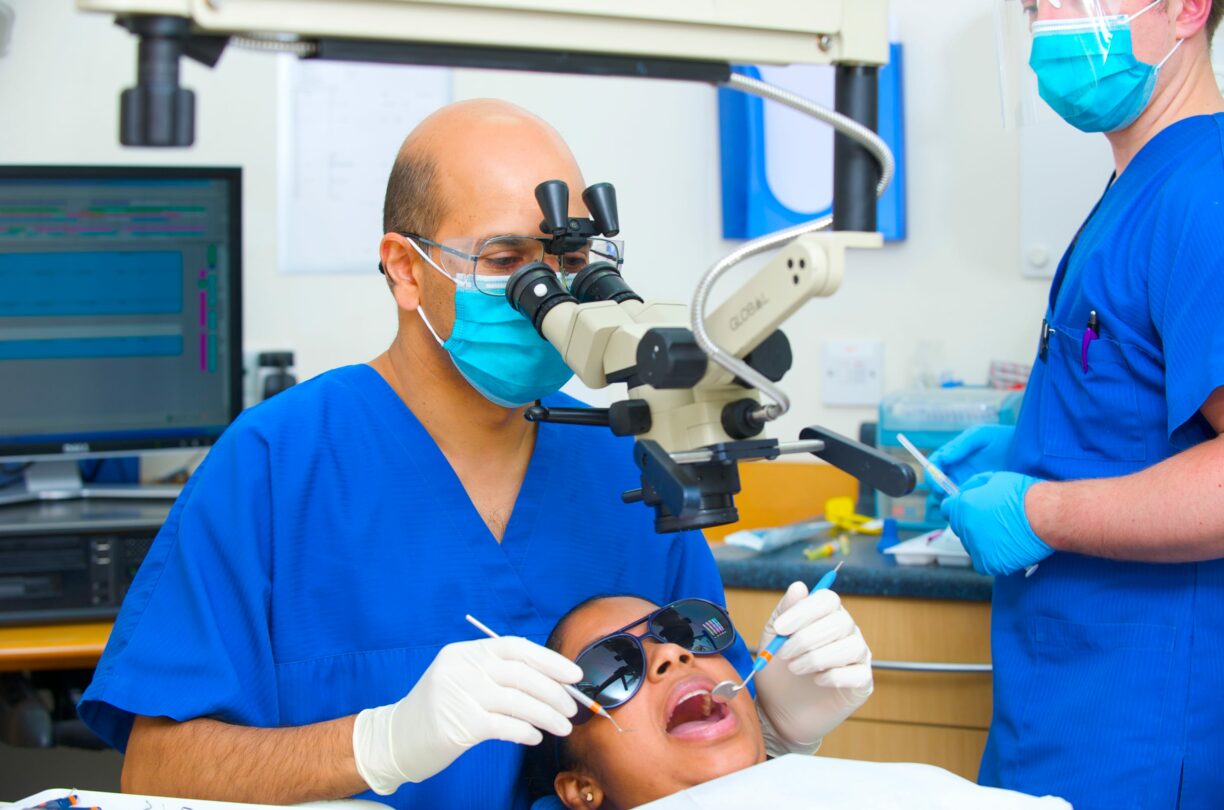Usually considered the ‘green light’ for longer, lighter days and all-round brighter times ahead, the changing of the clocks in 2021 has huge connotations of a world returning to normality – a world returning to health.
And whilst the spring/summer season delivers the promise of healthier social lives, it is a time that our bodies’ vitamin D stores are at their lowest (following the dark winter months), making us more suspectable to cold viruses that can peak during the spring months.
So, whether you continue to spend much of your time indoors or you begin to fill your diary with garden gatherings and outdoor dining plans, natural health brand, BetterYou, shares some essential information on those most vulnerable to vitamin D deficiency, and why we should continue to top up our levels to keep the immune defences strong.
Why can’t I rely on sunshine to get enough vitamin D?
Due to the inconsistent British weather and our increasingly indoor lifestyles, we can remain unexposed to adequate direct sunlight throughout April and beyond – inhibiting the body’s synthesis of this essential vitamin.
“We simply are not exposed to enough sunlight” explains Nutritional Expert at BetterYou, Keeley Berry. “Even if you are able to walk to or from your workplace, the optimum time of day for the body to produce vitamin D from the sun’s rays is between 11am and 3pm, the middle of many people’s busy working day.
“Whilst working from home may allow for more flexibility to get outdoors, we tend to cover 75 per cent of our bodies with clothing, or, on rare warmer days, many people apply sunscreen to protect from sunburn, preventing effective penetration of Vitamin D-activating UVB rays”, continued Berry.
When polled by BetterYou, more than two thirds of people said they believe they get their vitamin D from sunlight by spending on average 24 minutes out in the sunshine per day. However, cloud cover and low levels of UVB radiation in the northern hemisphere means that sunlight alone is not always sufficient enough to produce adequate amounts of this crucial vitamin.
Who is most at-risk of vitamin D deficiency?
Among those considered most at-risk of vitamin D deficiency are, expectant mothers and infants, children under the age of 5 and those in their teenage years, alongside the elderly, those following a plant-based diet and people with darker skin tones.
Office workers and those that are house-bound or have consistent low sun exposure are also considered at-risk of suboptimal levels of the nutrient.
“Vitamin D deficiency is likely to occur in office and shift workers that struggle to spend sufficient time outside, exposed to the sun, which is why supplementation has become essential for so many, all year round”, says Berry.
How do I know if I am deficient?
Some of the signs of vitamin D deficiency include; tiredness and fatigue, low mood and frequent coughs, colds and infections.
“Low levels of the ‘sunshine vitamin’ can manifest as low mood, headaches and aches and pains to name just a few”, says Keeley.
“As these symptoms are not exclusive to vitamin D deficiency, it’s not surprising that as many as 88 per cent of people admit to having never tested their levels.
“There is a growing amount of research that suggests vitamin D supplementation is essential for boosting the immune system and helping our bodies to fight against infection and disease, so there has never been a better time to consider testing your levels”, Keeley concluded.
Should I be supplementing Vitamin D?
In 2016, The Scientific Advisory Committee on Nutrition (SACN), reviewed guidance for supplementation and made a recommendation that everyone should consider supplementing a minimum of 400iu (10ug) of vitamin D per day, throughout the year – including pregnant and breastfeeding women and infants from birth.
For many people, using traditional methods of supplementation, such as tablets and capsules, can be challenging.
This is particularly important for children and older adults who may struggle to swallow tablets, along with those that have conditions such as IBS, Crohn’s, Colitis and coeliac disease, as the amount of nutrients the body can absorb through the gut may be suboptimal.
As an effective alternative to traditional supplementation, BetterYou oral sprays bypass primary digestion, delivering key nutrients directly to the blood via the inner cheek.
In a recent clinical trial, it was found that participants achieved adequate vitamin D status after just 21 days of daily supplementation via an oral spray, and over 70 per cent of participants said that they preferred the oral spray preparation [to traditional capsules] for its ease of use and better taste, supporting supplementation compliance.
Keeley’s tips for supporting immunity with vitamin D:
- Where possible, spend some time out in the sunshine during the middle portion of the day, bearing uncovered skin such as the arms or legs for around 20 minutes.
- Consider taking a vitamin D supplement all year round, even if you reduce your dosage over the summertime.
- Aim to eat a balanced diet that includes oily fish, eggs and fortified cereals.
- Don’t let a vitamin D deficiency add to your worries as the pandemic continues to affect our lives. If you think you may be deficient, you can test your levels easily by purchasing an at-home kit online. Once your results are determined, you can begin supplementing according to your own needs.





